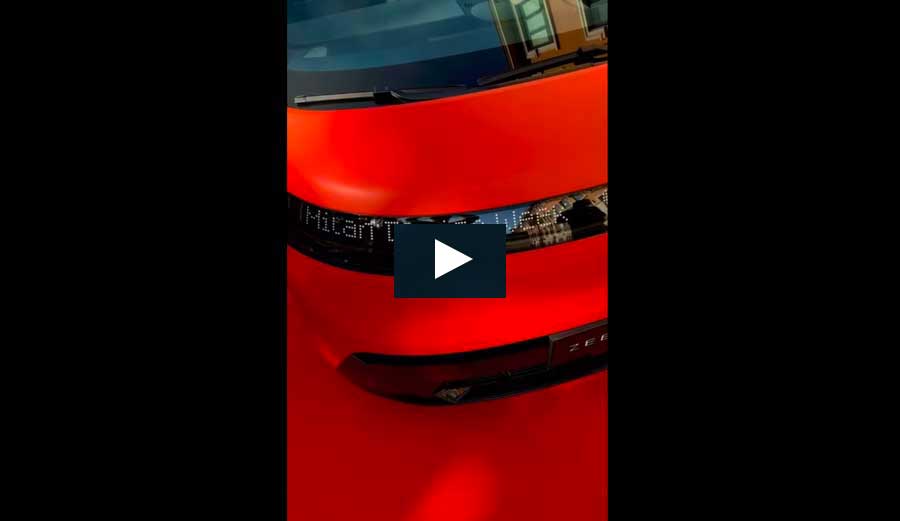Milan Design Week, known in Italian as Settimana del Design di Milano, was 7 to 13 April this year. It is one of the world’s most influential design events, held annually. It transforms Milan into a vibrant showcase of creativity, innovation, and design excellence. Designers, architects, brands, and creatives from around the globe present their work in exhibitions, installations, and pop-up events across the city, since a few years the automotive world started to populate the show, we will present you 3 of the best exhibitions in this newsletter, to be followed by broader analysis in forthcoming newsletters.
Audi House Of Progress
This year, the House of Progress was animated by the Dutch design studio Drift, who designed an immersive and interactive installation called Drift Us, interpreting the concept of transformation in line with Audi’s DNA.
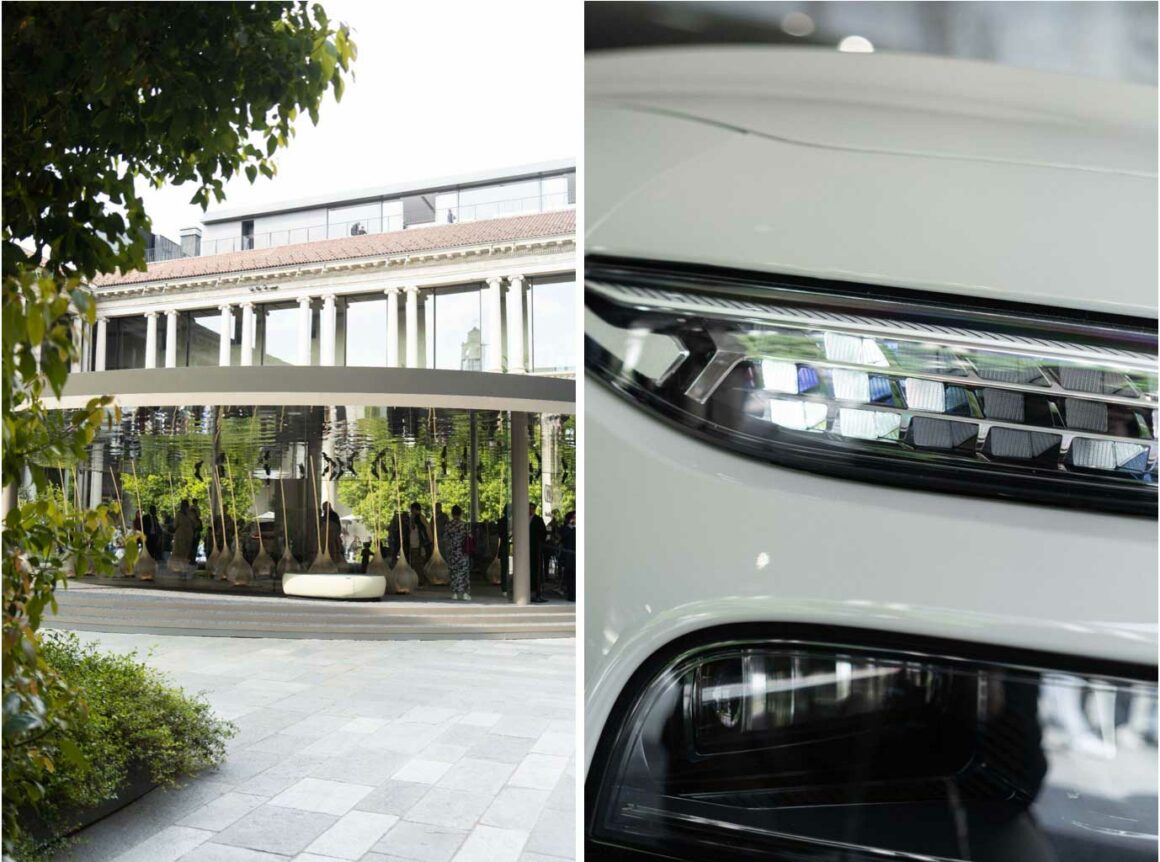
Audi created a booth in the evocative spaces of Portrait Milano, turning the 16th-century complex into a tribute to future innovation.
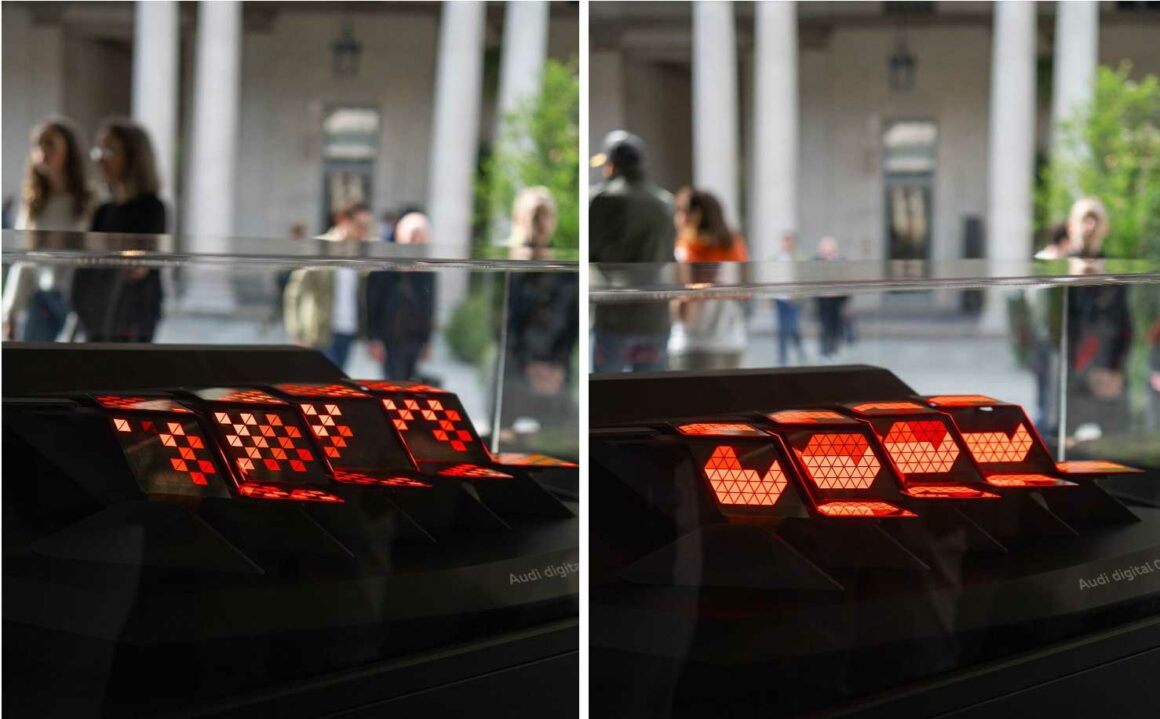
Range Rover
Connected Worlds, designed in collaboration with California‑based innovation design studio Nuova, who created immersive spatial performances and created a time-travel experience by merging the past toward the future, and creating two areas where you could travel from the 1970s to 2025.
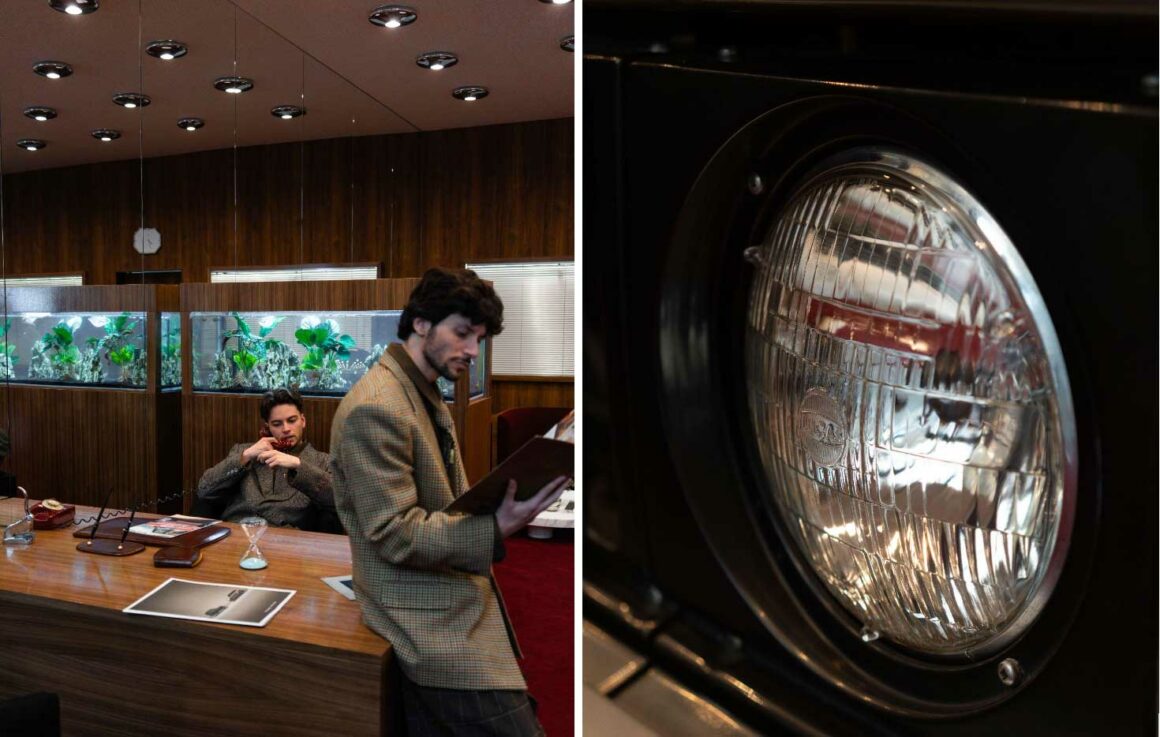
The historic Piazza Belgioioso became the stage for time travel, with a 25-metre monolith in the centre of the piazza, adorned with a gold Range Rover brand motif. Transporting visitors back to the moment of the inaugural vehicle production, the first capsule takes inspiration from an original 1970s car dealership. At its centre, a particularly significant classic Range Rover: the first of the marque’s pre‑production vehicles built ahead of its launch in 1970.
From here, visitors journeyed into the next timeframe. Representing Range Rover’s contemporary vision, the second capsule was a future‑looking ethereal space with a prismatic light box interior lined with vertical mirror pillars, acting as symbols for strings of time. In the centre of the space, flooded by light, is the latest fifth‑generation Range Rover Autobiography, an emblem of modern luxury travel.

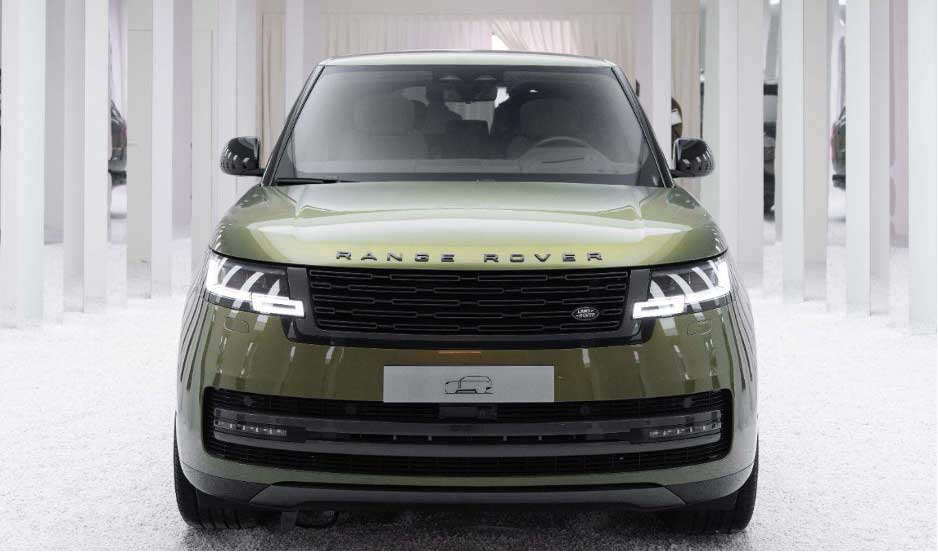

Google worked with artist Lachlan Turczan at Milan Design Week to present an immersive installation of mist and lasers that allowed visitors to move light as though sweeping back curtains. Six-foot wide fixtures were suspended from the ceiling in a dark room, consisting of lasers and a concave parabolic mirror, helping to project their light below. The room itself was filled with mist, so the light glinting off the mirror didn’t just fall onto the floor but also onto the miniscule water particles hanging in the air, creating the impression of a curtain.
The curtains were still until the moment that sensors detected a person walking underneath or waving their hand through the light, at which point they wobbled and moved as if made of solid material.
The effect was achieved using proprietary software and heightened through the use of sound that was also triggered by the motion detection.


